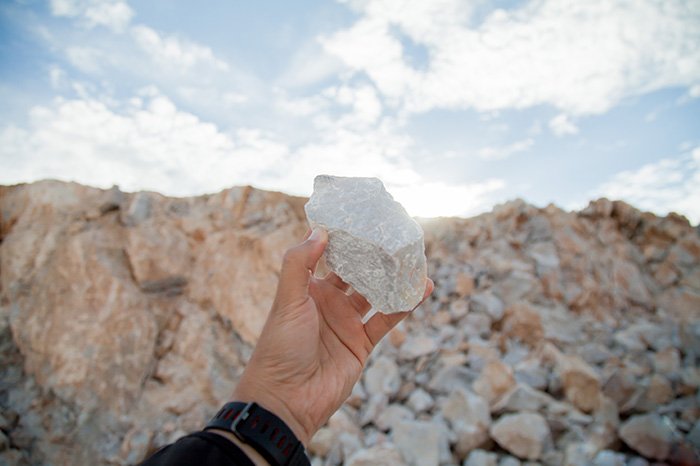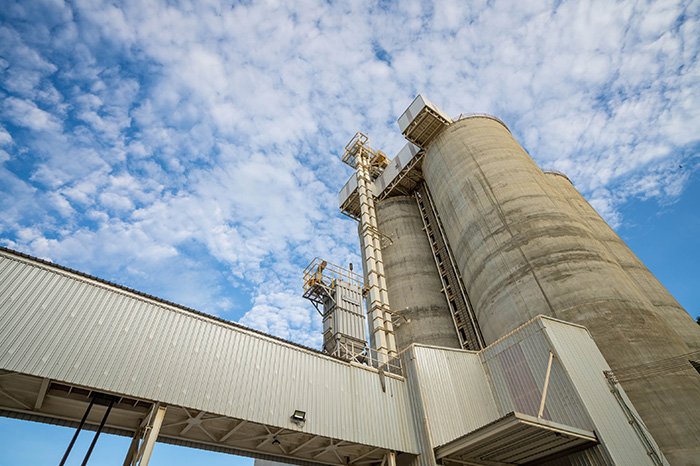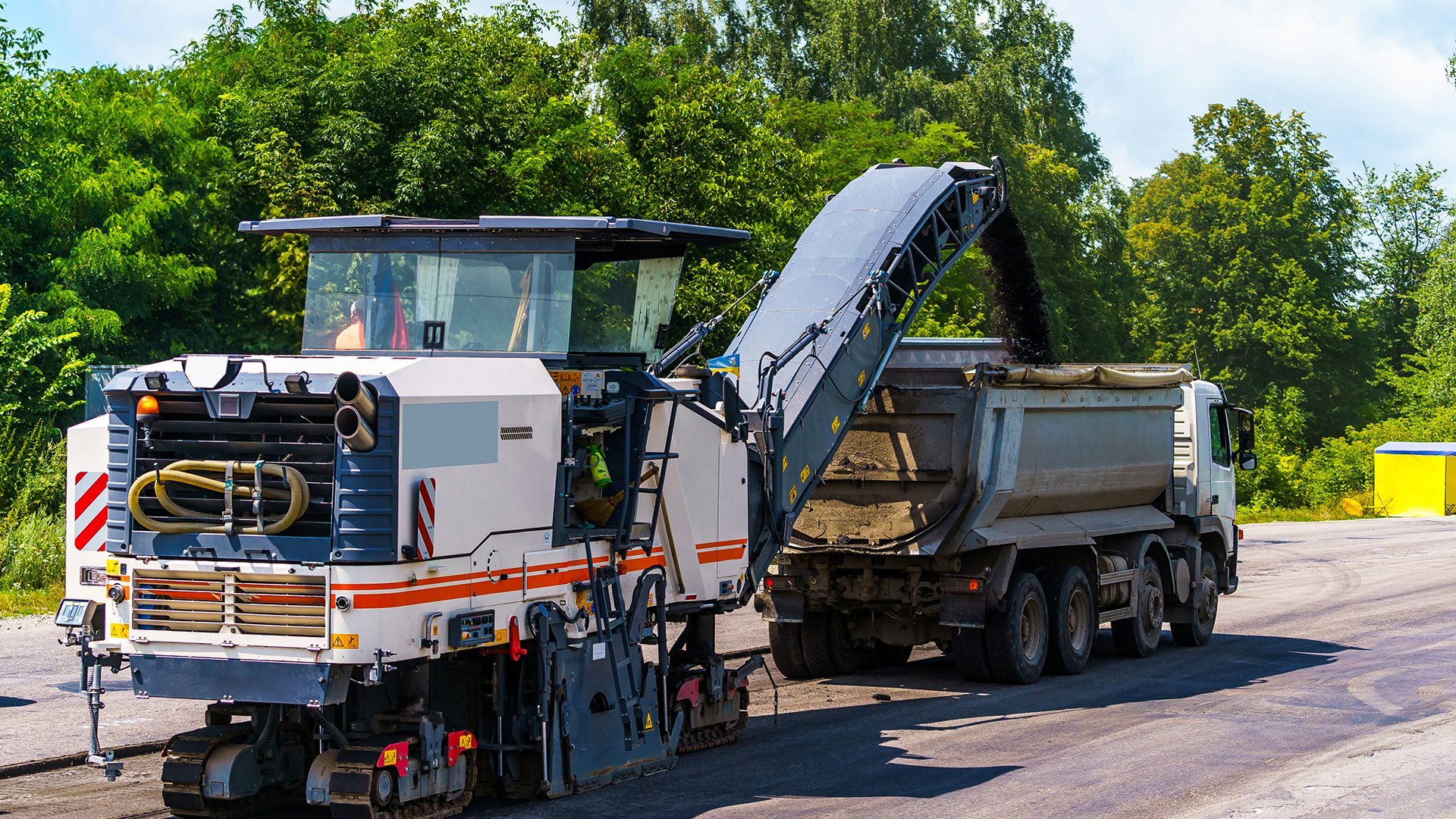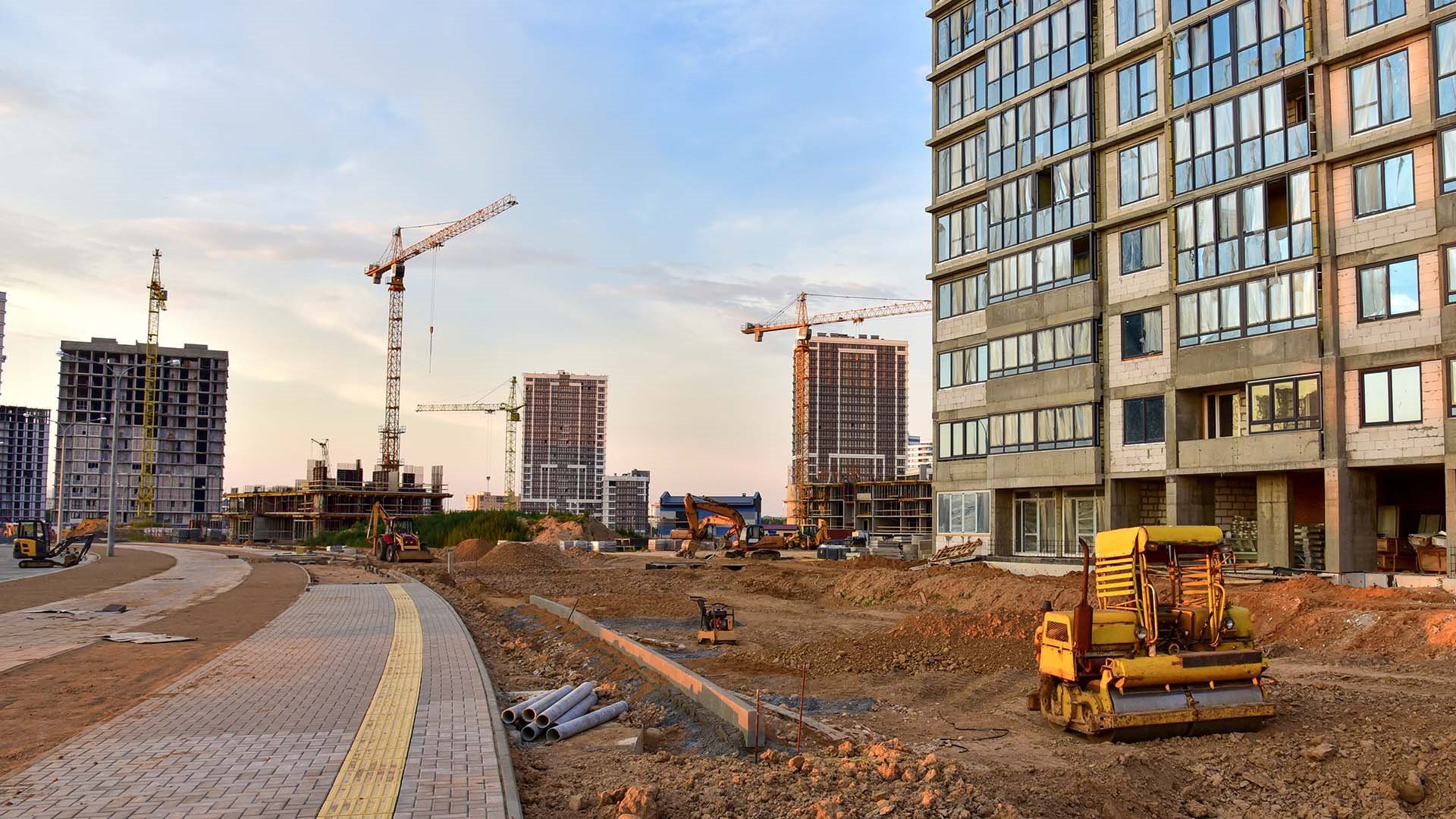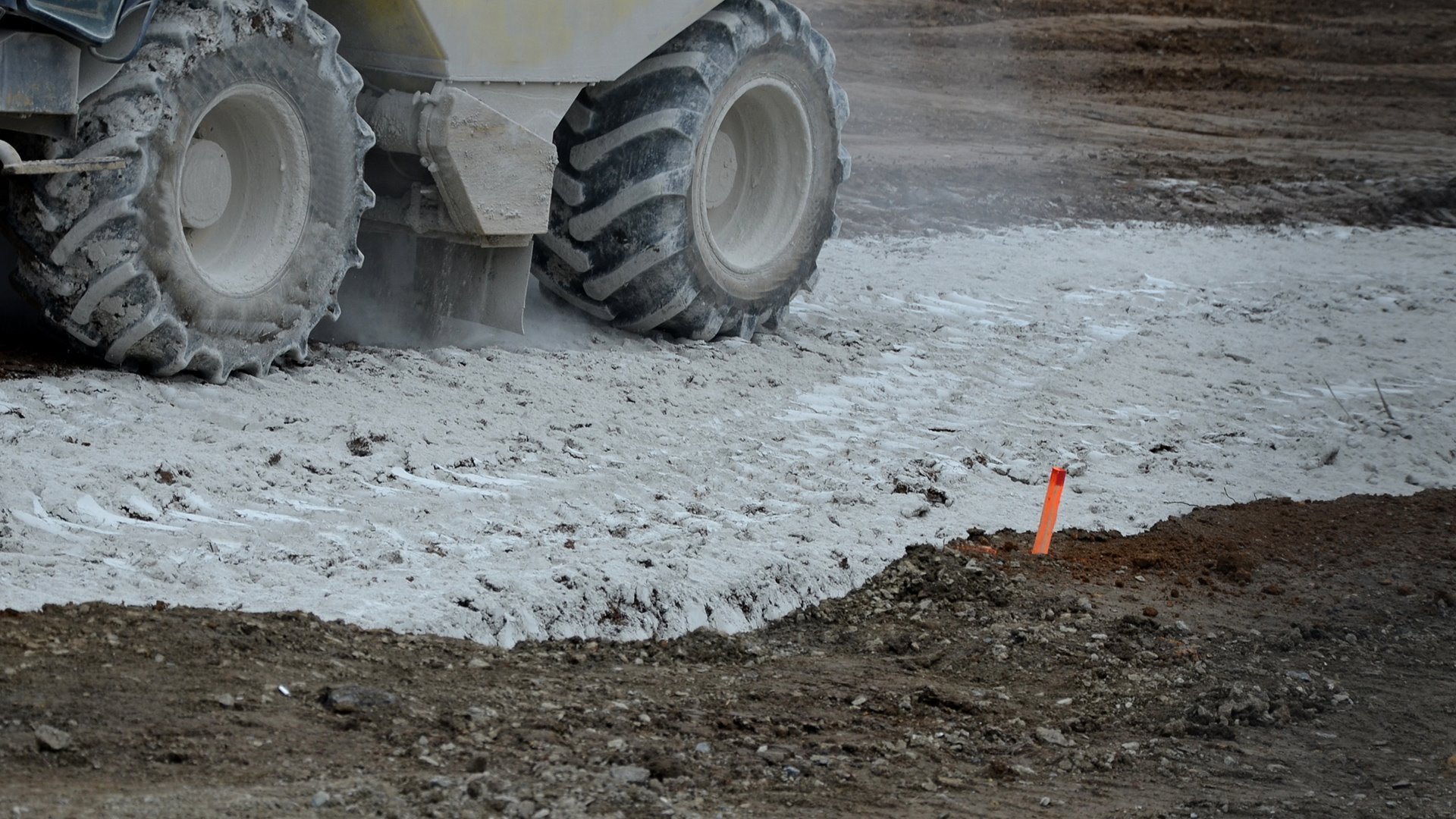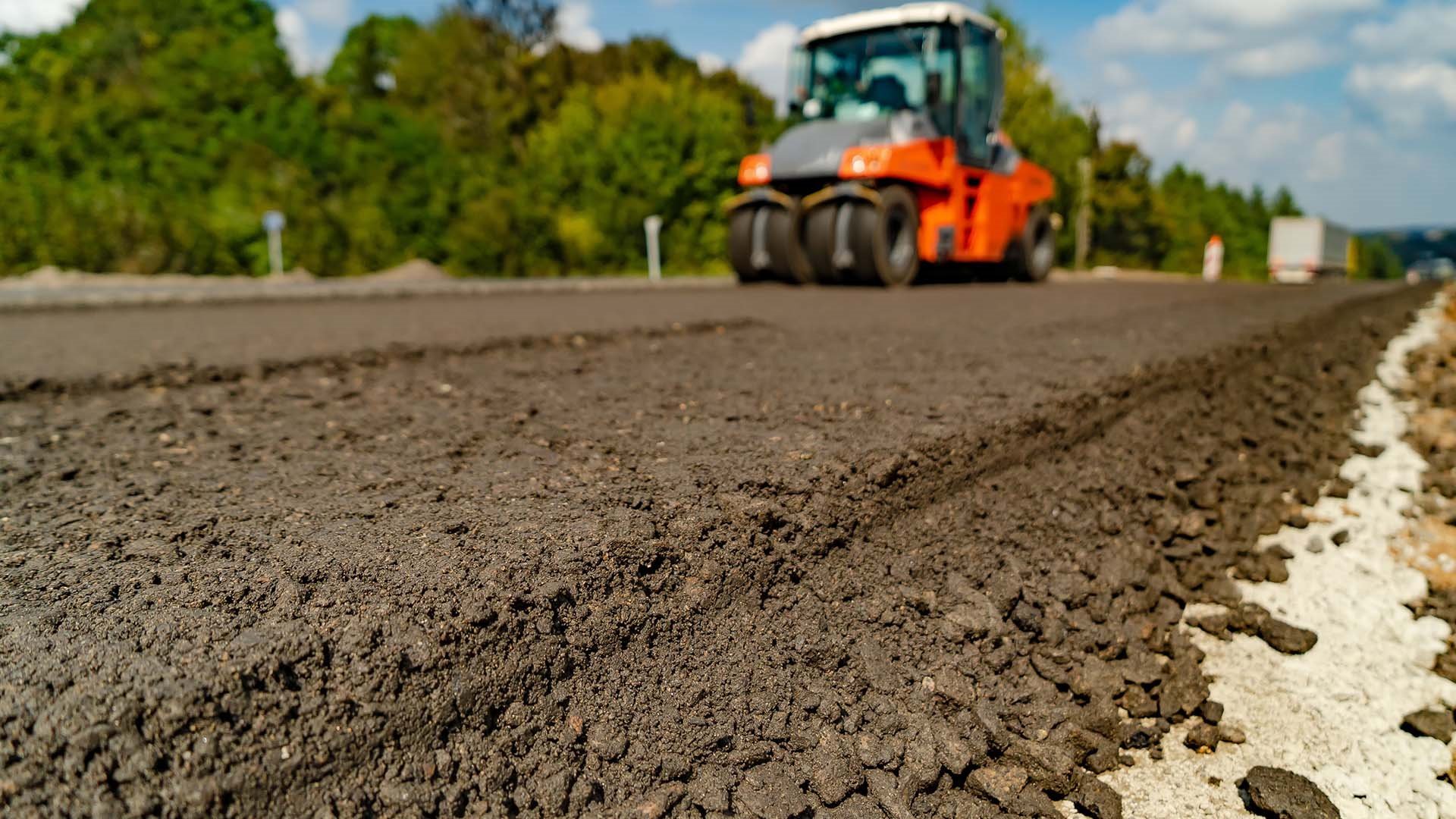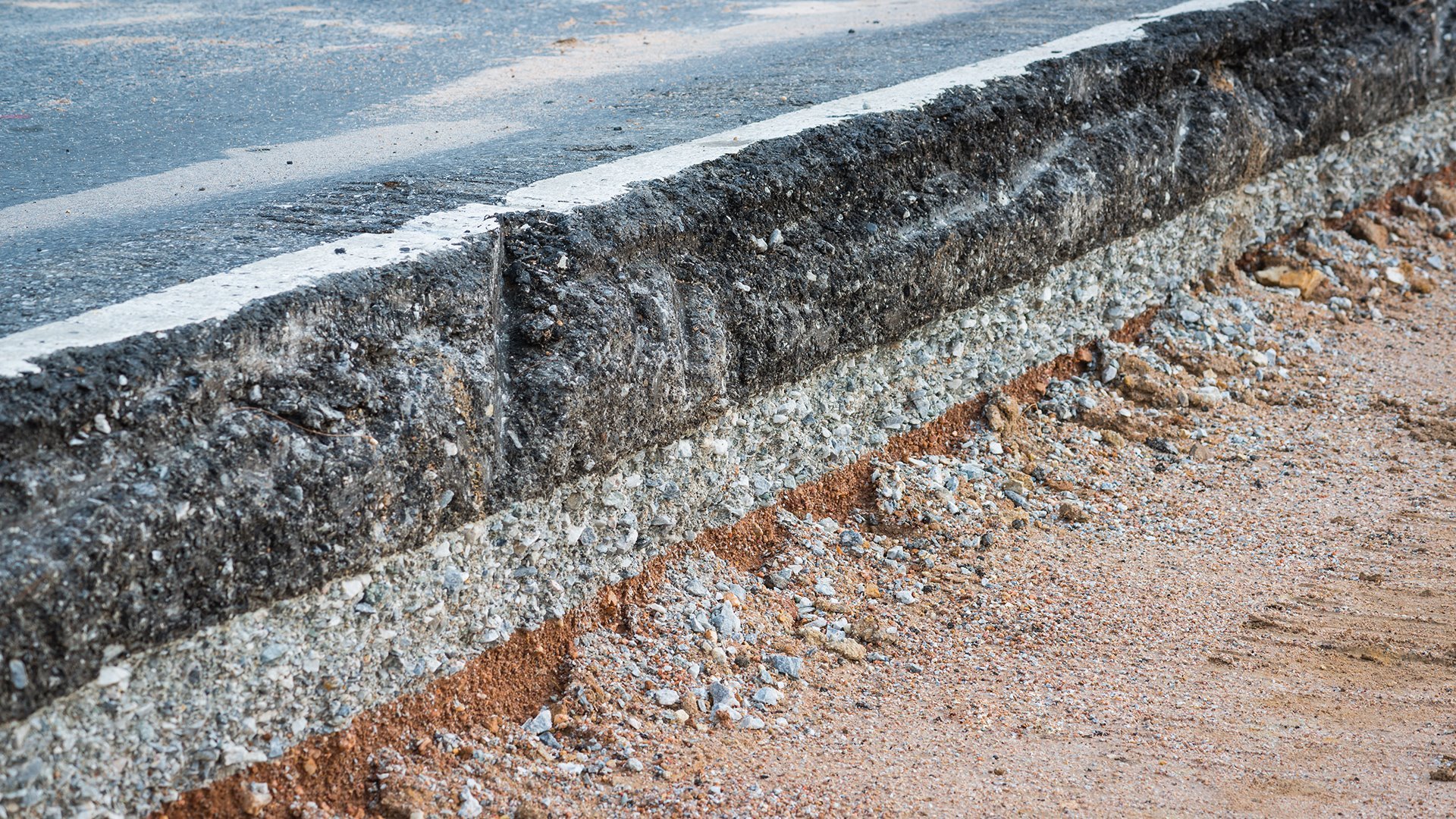Soil Stabilizer
Soil stabilization improves soil properties by increasing weight-bearing capabilities, tensile strength, and overall performance of sub-soils, sands, and other waste material to strengthen road pavements or foundations for construction.
One of the methods is chemical stabilization, which is done by blending and bonding soil with additives, such as lime, cement, fly ash, slag, and fiber. The choice depends on soil properties.
Market Needs
Some subgrades or native soils tend to shrink or swell due to the containment of clay and high moisture content, which can cause severe damage to a home, building or roadway.
The soil must be stabilized with the proper additives to ensure a robust working platform and foundation for construction.
Solutions
Quicklime
- When mixed with clay, it helps dry the soil as water reacts with quicklime, producing heat that evaporates moisture
- Produce Hydrated Lime, which reduces the tendency to swell or shrink, decreases the plasticity of soil, and increases strength
- Hydrated lime produced makes the soil friable and granular, improving the workability and compact ability
Hydrated Lime
- When mixed with clay, it helps dry the soils by displacing water, making the soil friable and granular, improving the workability and compact ability
- Reduce the tendency to swell or shrink and decrease the plasticity of the soil
- When an adequate amount of Hydrated Lime is added, it allows calcium silicate hydrates and calcium aluminate hydrates to form, which contributes to the strength and flexibility of soil


